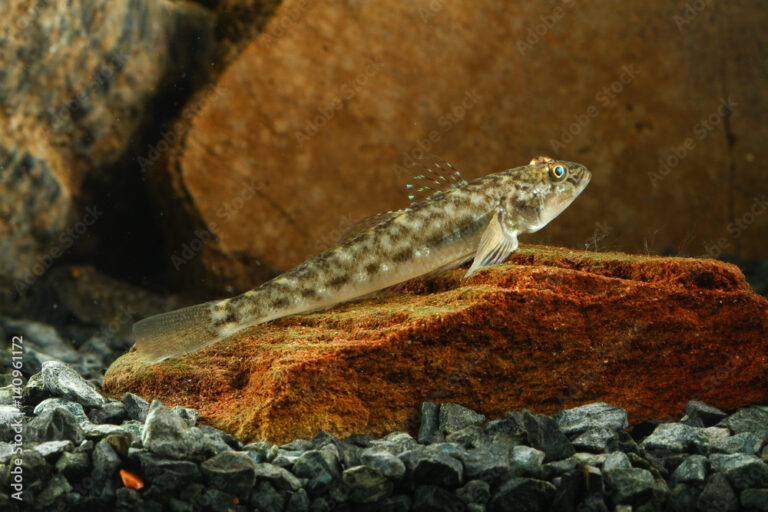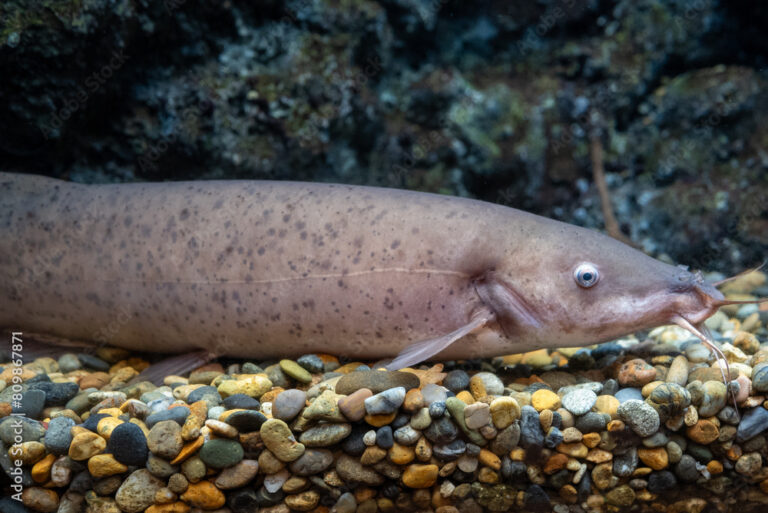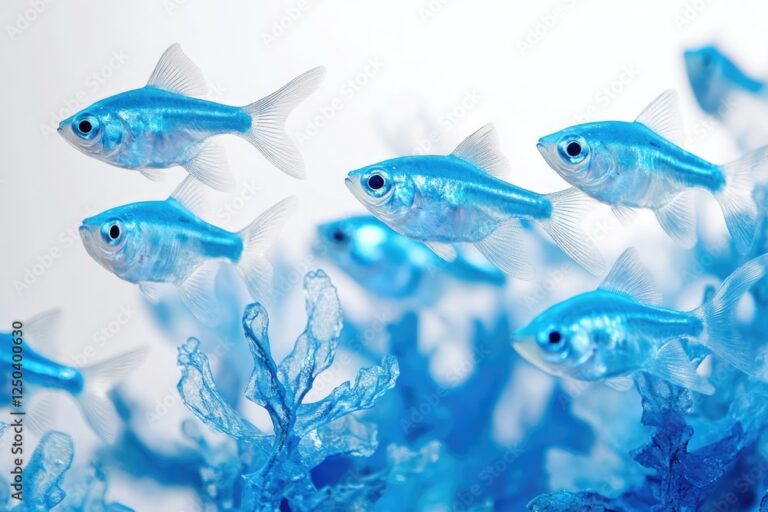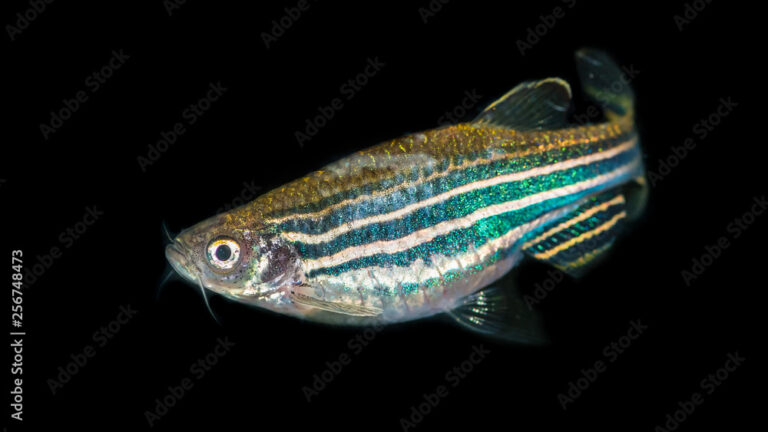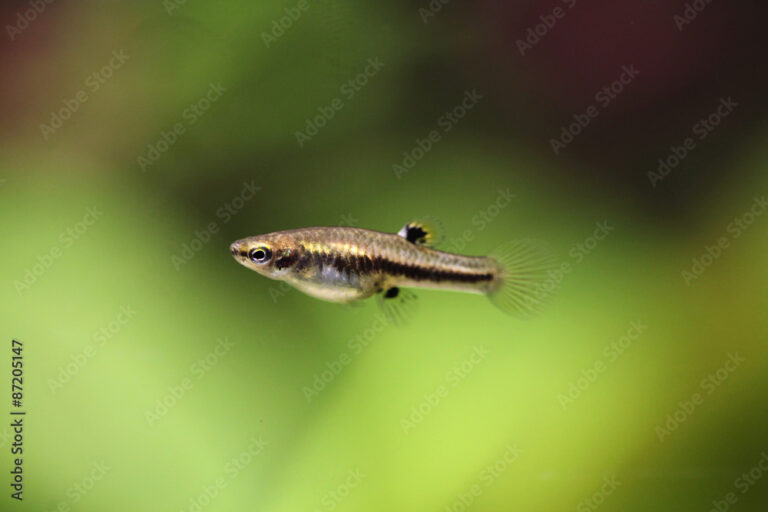The Ultimate Guide to Molly Fish for Freshwater Aquariums

Molly fish (Poecilia sphenops) have long been a favorite among freshwater aquarists—and for good reason! Known for their vibrant colors, easygoing nature, and adaptability, mollies are a delightful addition to almost any freshwater aquarium. Whether you’re just starting your aquarium hobby or you’re a seasoned fishkeeper, molly fish offer plenty of excitement.
This guide will cover everything you need to know about molly fish care, from their unique characteristics to expert tips on their ideal environment, diet, and even breeding.
By the end of this article, you’ll be equipped with everything you need to create the perfect home for these fantastic fish.

Why Molly Fish Are a Fantastic Choice
Molly fish are highly sought after in the aquarist community. They come in a variety of colors and patterns, including the stunning black molly, the dalmatian molly, and the striking gold dust molly.
“Mollies are fantastic community fish that bring life and vibrancy to any freshwater tank,” says Dr. Emily Carter, Marine Biologist. Beginners love their relatively easy-to-meet care requirements, while experienced hobbyists appreciate their active behaviors and breeding potential.
Their playful and social nature makes them a wonderful addition to community tanks, where they cohabit peacefully with other non-aggressive species. Plus, their adaptability to a wide range of water conditions makes them a hardy and forgiving species.
Molly Fish Characteristics
Understanding the characteristics of molly fish will make it easier to see why they are so endearing to aquarists.
- Size
Mollies are relatively small, with adult sizes ranging between 3 to 4.5 inches (7.5 to 11 cm), depending on the type. Males tend to be slightly smaller and slimmer than females.
- Lifespan
When kept in optimal conditions, mollies can live up to 3-5 years. Proper care, diet, and a stress-free environment significantly contribute to their longevity.
- Appearance
Molly fish are available in various colors, from jet black to bright orange and even marbled. If variety is what you’re after, mollies are a perfect fit.

Setting Up the Ideal Molly Fish Tank
Creating the perfect environment for your mollies will help them thrive. Here are the essentials for tank setup:
Tank Size
Mollies are active swimmers and need ample space to move. A 20-gallon tank is ideal for a small group of mollies (5-6 fish). If you plan on keeping a larger group or adding tankmates, consider upgrading to a larger tank.
Water Parameters
Molly fish do best in a stable environment with the following conditions:
- Temperature: 75-80°F (24-27°C)
- pH Level: 7.5-8.5
- Hardness Level: 20-30 dGH
A heater is essential to maintain consistent water temperature, while a water test kit will help you monitor pH and hardness levels.
Substrate and Decorations
Fine gravel or sand makes the best substrate for mollies. Adding live plants, like Java fern and Anubias, will provide hiding spots and mimic their natural habitat. Mollies also enjoy open swimming spaces, so avoid overcrowding with decorations.
Filtration and Aeration
Good filtration is non-negotiable. Invest in a high-quality filter to keep the water clean and well-oxygenated. Adding an air stone can further boost oxygen levels.
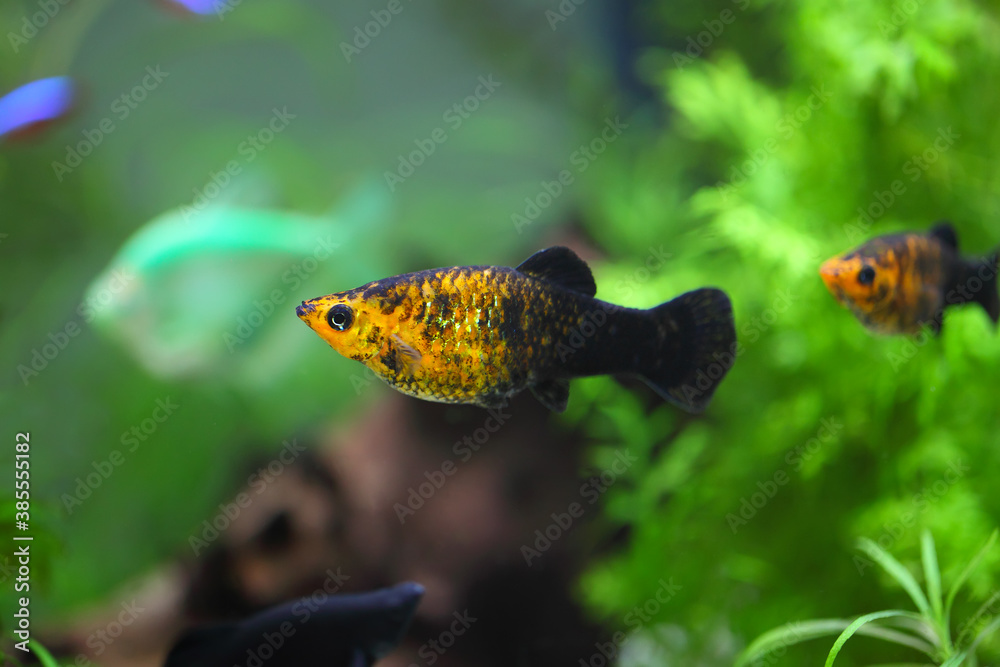
Feeding Molly Fish
A proper diet is key to keeping mollies healthy. Mollies are omnivores, which means they thrive on a varied diet consisting of both plant-based and protein-rich foods.
What to Feed Mollies
- Staple Foods: High-quality flake food or pellets made for tropical fish.
- Vegetables: Blanched spinach, cucumber, or zucchini.
- Treats (Occasionally): Frozen or live foods like bloodworms, brine shrimp, or daphnia.
“Mollies will eat almost anything, but a well-balanced diet helps maintain their vibrant colors and energy levels,” says Jane Smith, Aquarium Store Owner.
Feeding Frequency
Feed your mollies 2-3 times a day, offering an amount they can consume in about 2-3 minutes. Avoid overfeeding, as leftover food can pollute the tank.
Common Diseases and How to Prevent Them
Mollies are hardy, but they are not immune to diseases. Knowing the common health issues and how to prevent them is crucial:
Common Diseases:
- Ich (White Spot Disease)
Small white spots on their bodies often caused by stress or poor water conditions.
- Fin Rot
Frayed fins caused by bacterial infections.
- Velvet Disease
A fine gold or yellowish dust on their body caused by parasites.
Prevention Tips:
- Maintain optimal water conditions (check temperature, pH, and hardness).
- Use a quarantine tank to acclimate new tankmates.
- Perform regular water changes (25-30% every week).
- Avoid overstocking the tank, as overcrowding stresses mollies.
“Proper tank setup and diet are crucial for keeping mollies healthy and thriving,” adds Jane Smith.
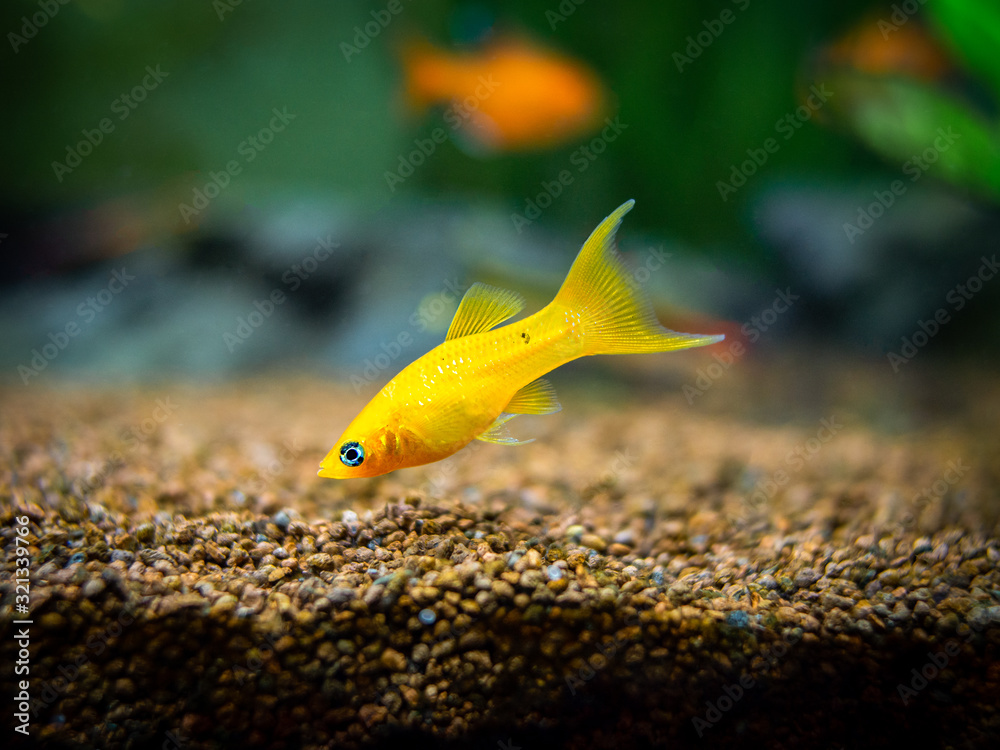
Breeding Molly Fish
Thinking of breeding molly fish? They’re livebearers, meaning they give birth to free-swimming fry. Their active breeding behavior can be both rewarding and manageable with the right setup.
Preparing a Breeding Tank
A 10-15 gallon breeding tank with plenty of plants or breeding grass is ideal. This gives the female molly a safe space to deliver her fry while protecting them from adult fish.
Caring for Fry
Once the fry are born, separate them from the adult mollies to prevent them from being eaten. Feed them crushed flakes or specially formulated fry food.
“Their adaptability makes them an excellent choice for beginners, but their breeding habits keep even seasoned aquarists engaged,” says John Doe, Award-Winning Aquarist.
Why Molly Fish Are Perfect for You
Mollies are more than just pretty fish. Their adaptability, variety, and playful nature bring joy to both beginner and experienced aquarists alike. From choosing the right tank setup to understanding their diet, diseases, and breeding habits, caring for mollies is straightforward, rewarding, and full of adventure.
Whether you’re starting your aquarium journey or adding charm to your community tank, molly fish are sure to bring beauty and vibrancy to your underwater world.
Are you ready to welcome these delightful swimmers into your tank? Start your molly fishkeeping adventure today and experience the endless rewards of their lively presence!



